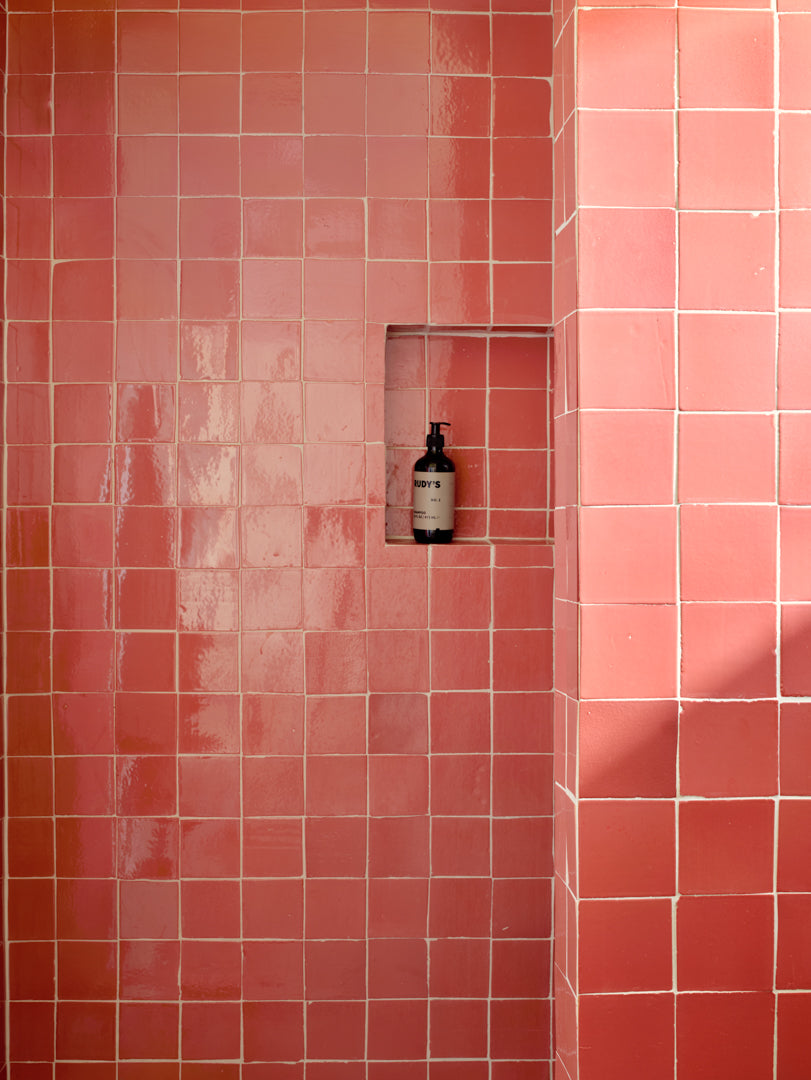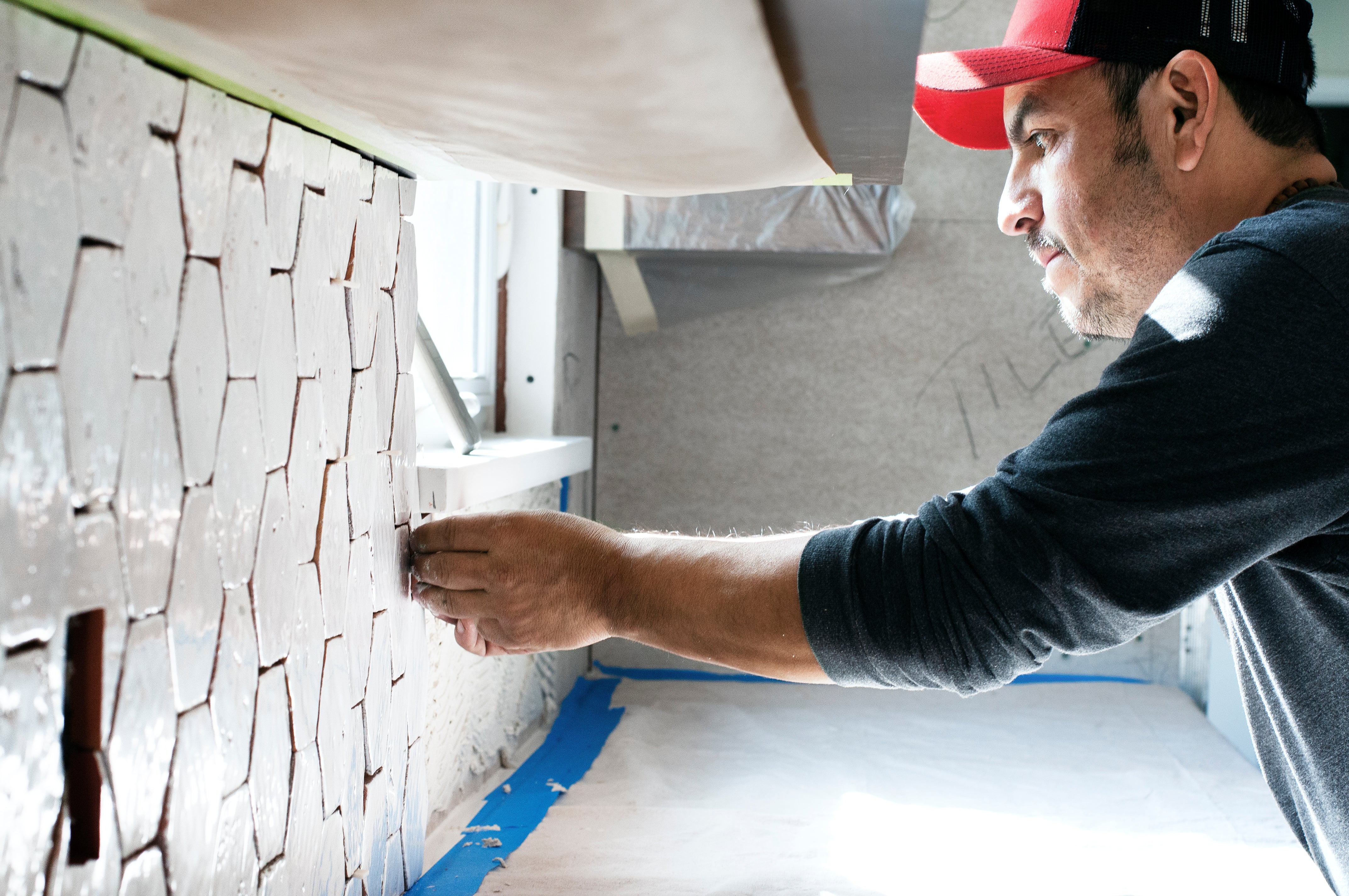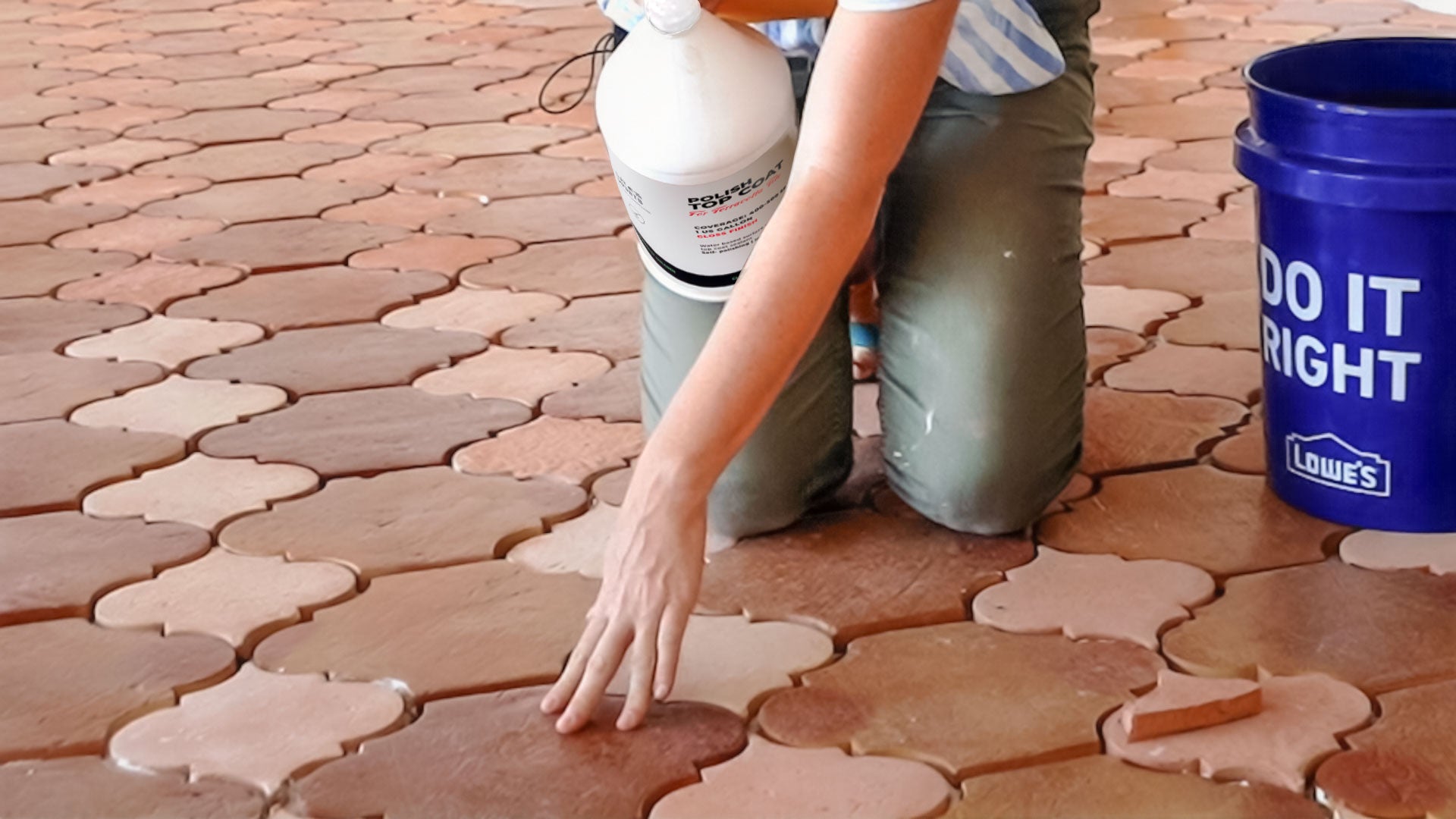Choosing the right grout can make or break your tile project. Whether you're working with handmade Clay Imports tile, ceramic, or natural stone, the type of grout you select will affect not only the look but also the durability of your installation. Let’s explore the pros, cons, and best uses of sanded, unsanded, and all-in-one grouts.
|
Sanded Grout |
Unsanded Grout |
All-In-One Grout |
|
|
Recommended Tile Surfaces |
Standard sized ceramic or porcelain tiles (could scratch other surfaces) |
High gloss glazed or polished tile, marble and natural stone |
Recommended for most Clay Imports tile EXCEPT traditional Saltillo tile if the grout joint is larger than ½ an inch |
|
Approximate Cost (per 25 lbs.) |
Under $20 |
Under $40 |
$36 for our recommended All-In-One grout: Mapei Ultra Color Plus FA |
|
Should I use sealer? |
Yes, use a penetrating sealer compatible with your grout |
Yes, use a penetrating sealer compatible with your grout |
No, sealer is not required |
|
Where should I use it? |
Interior or exterior floors and walls; projects such as bathroom, kitchen, and shower floors/walls, backsplashes, countertops, ceilings |
Interior or exterior floors and walls; projects such as bathroom, kitchen, and shower floors/walls, backsplashes, countertops |
Interior or exterior floors and walls; projects such as bathroom, kitchen, and shower floors/walls, backsplashes, countertops |
Sanded Grout: Strength for Wider Joints
Sanded grout is perfect for projects with standard-sized ceramic or porcelain tiles. Think of it as a refined version of the cement used in exterior brick walls—coarse, durable, and strong. It’s also compatible with dimensional stone, slate, granite, ceramic mosaic, quarry, brick pavers, most glass, and clay tiles.
Advantages:
- Strong and affordable
- Ideal for wider grout joints (1/8 inch or larger)
- Easy to mix and apply, even for DIYers
Considerations:
- Its gritty texture can scratch delicate surfaces
- Can trap dirt and grime
- Needs sealing due to high porosity
Tip: Use a penetrating sealer compatible with your grout manufacturer.
Where Not to Use:
Avoid using sanded grout in movement joints or changes of plane (e.g., where walls meet floors or at corners). For these areas, we recommend Mapei Flexcolor CQ.
Unsanded Grout: Gentle on Polished Surfaces
Unsanded grout is best for polished or high-gloss surfaces like glazed tiles, marble, and natural stone, where sanded grout could cause scratches.
Advantages:
- Safe for delicate surfaces
- Great for narrow joints (1/16 to 1/8 inch)
Considerations:
- Higher cost per pound
- Requires sealing unless specified otherwise
- Can shrink or pull away from tile edges—test a small area first!
Note: Unsanded grout isn’t suitable for movement joints or changes of plane. Use Mapei Flexcolor CQ for flexible or changeable areas.
All-In-One Grout: Premium Performance
We recommend Mapei Ultra Color Plus FA for most Clay Imports tiles.
Benefits:
- Compatible with narrow joints (ideal for Zellige tiles)
- Consistent color and non-shrinking
- Fast setting and stain-resistant
- No sealing required
Curing time:
- 5 hours for foot traffic
- 24 hours before moisture exposure
- 72 hours for steam or submersion
Note: Not suitable for traditional Saltillo tile joints larger than ½ inch.

Tile Surfaces & Grout Compatibility
- Pattern Clay, Handpainted Clay, Sealed Terracotta, and Glazed Terracotta tiles: Safe for both sanded and all-in-one grout.
- Always test grouting on a small section first!
Cost Comparison
| Grout Type | Cost |
|---|---|
| Sanded Grout | Most affordable |
| Unsanded Grout | Higher cost per pound |
| All-In-One Grout | Up to 4x the cost of sanded grout |
Choosing the Right Grout Joint Size
There’s no one-size-fits-all answer. Your choice depends on:
- Tile size and shape
- Grout type
- Design aesthetic
- Substrate type
- Installation location
Tip: Handmade tiles (like Clay Imports’) vary in size and thickness, making larger grout joints preferable for a professional finish. Tight joints can highlight variations.
Current Trend:
Minimal grout lines (especially with Zellige) are popular but can lead to uneven lines due to size variations.

Smaller grout joints will accentuate the size variation found in handmade tiles.
| Tile Type | Grout Space |
|---|---|
| Glazed Thin Brick | 1/8” to 1/2” |
| Pattern Clay Tile | 1/16” to 1/8” |
| Saltillo Tile | 1/4” to 3/4” |
| Shaped Saltillo Tile | By sight, using wedge spacers |

Dark-colored grout being applied to Riviera Saltillo tiles with a sponge.
| Grout Type | Joint Size Range |
|---|---|
| Sanded Grout | 1/8” to 5/8” |
| Unsanded Grout | 1/16” to 1/8” |
| All-In-One Grout | 1/16” to 3/4” |
Important Cautions
- Test first: Always apply grout to a small test area before full installation.
- Color consistency: Mix all grout at once if possible.
- Avoid black grout: It can stain tiles irreversibly. Use dark gray or charcoal instead.
- Protect natural stone: White grout is safest for white/light marble or granite.
Pro Tip: Check manufacturer recommendations for grout compatibility, especially when using pigmented or sanded grouts.
Final Thoughts: Care for Your Tiles
Proper maintenance preserves your tile’s beauty. Explore our Clay Care products, including sealers and cleaners, carefully tested to work with our tiles.
Thanks to The Tile Press installation experts for helping us compile this comprehensive guide!
Still have questions? Reach out at contact@clayimports.com—we’re here to help.
Disclaimer: since the installation of tile greatly determines the integrity of the project and the tile itself, Clay imports does not warranty this product and is not responsible for dissatisfaction of material following installation. Please inspect all tile upon receipt and notify us immediately if you have any quality concerns. This guide is meant to serve as a general resource. Because each project is unique, consult your tile installer before installing your tile.




 Share
Share
 Pin it
Pin it







